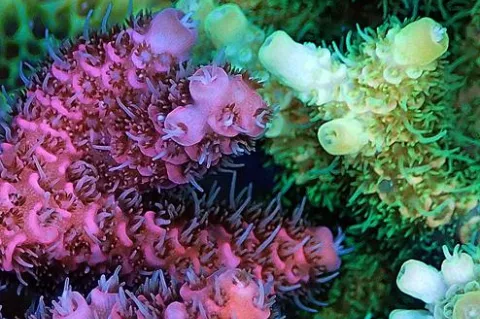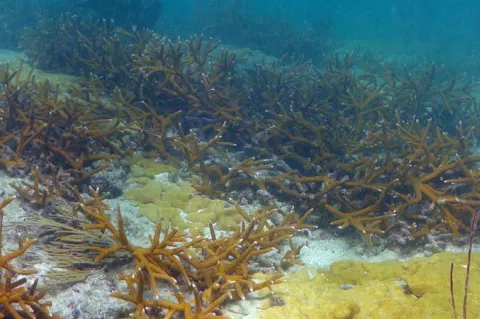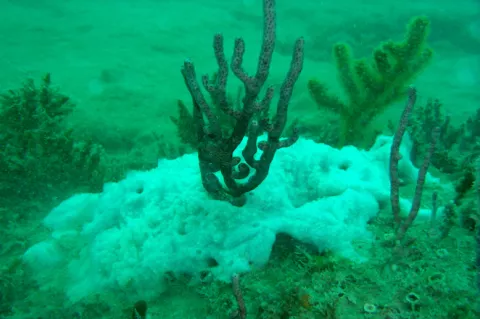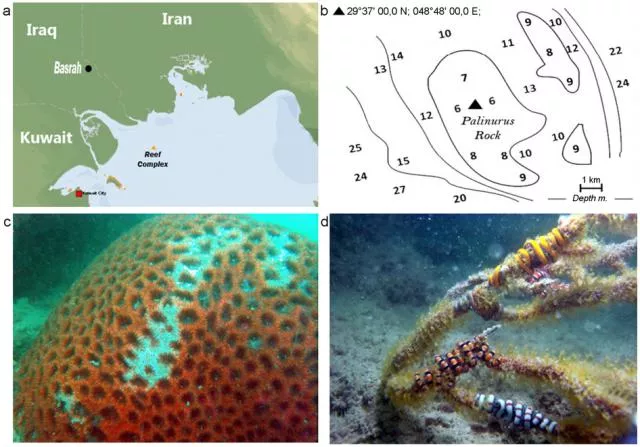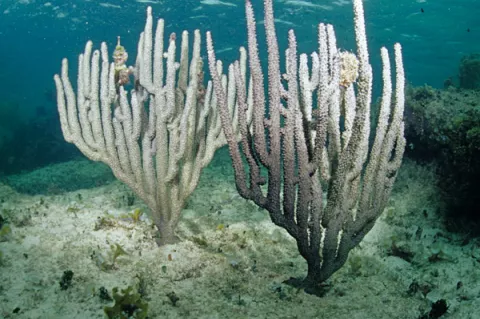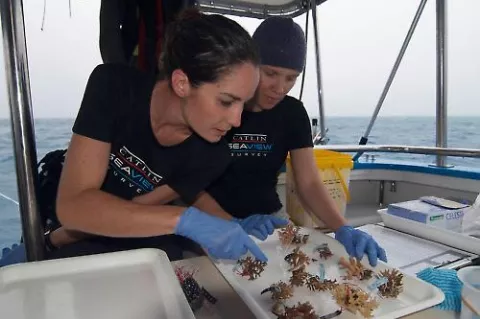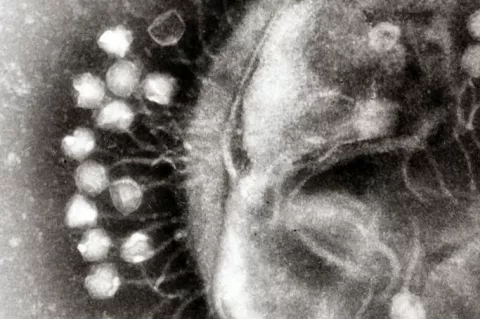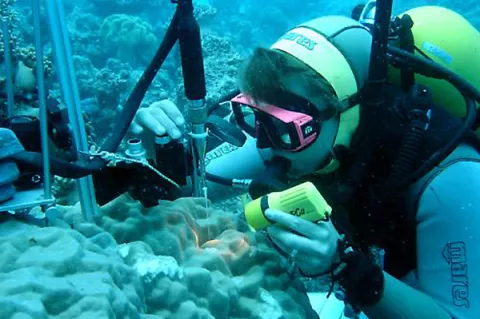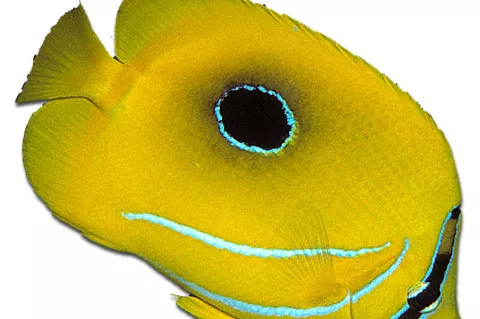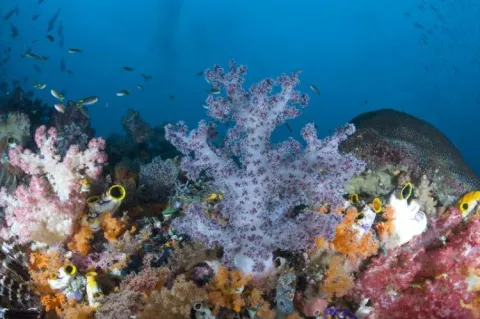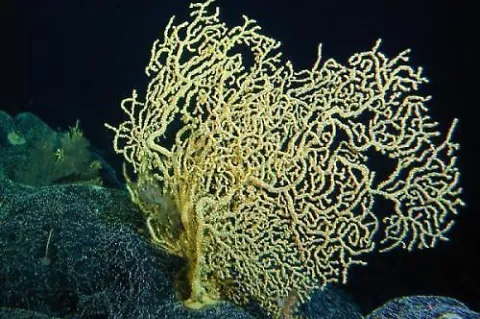However, at locations were there was excessive adverse impact (like pollution), the corals did not recover fully, even after eight years.
“You can imagine that when you are recovering from a sickness, it will take a lot longer if you don’t eat well or get enough rest,” said Jessica Carilli, a graduate student at Scripps Institution of Oceanography at UC San Diego.
“Similarly, a coral organism that must be constantly trying to clean itself from excess sediment particles will have a more difficult time recovering after a stressful condition like bleaching.”
Disease and overfishing also affected coral health. In places where there is overfishing, the population of bigger fishes like groupers are either significantly reduced or have vanished.
In the absence of these predatory fishes, other fish species thrive. One such species is the butterflyfish, which feed on coral and appear to be responsible for disease transmission amongst the corals.
In a study, scientists compared seven Marine Protected Areas [MPAs] where fishing had been banned for at least five years, and another seven neighbouring sites with similar diversity.
They discovered that the corals at the latter sites suffered more diseases; in some cases, the difference was twice as many. In addition, many butterflyfish were found at the sites where fishing was allowed, leading to a higher incidence of coral disease.

